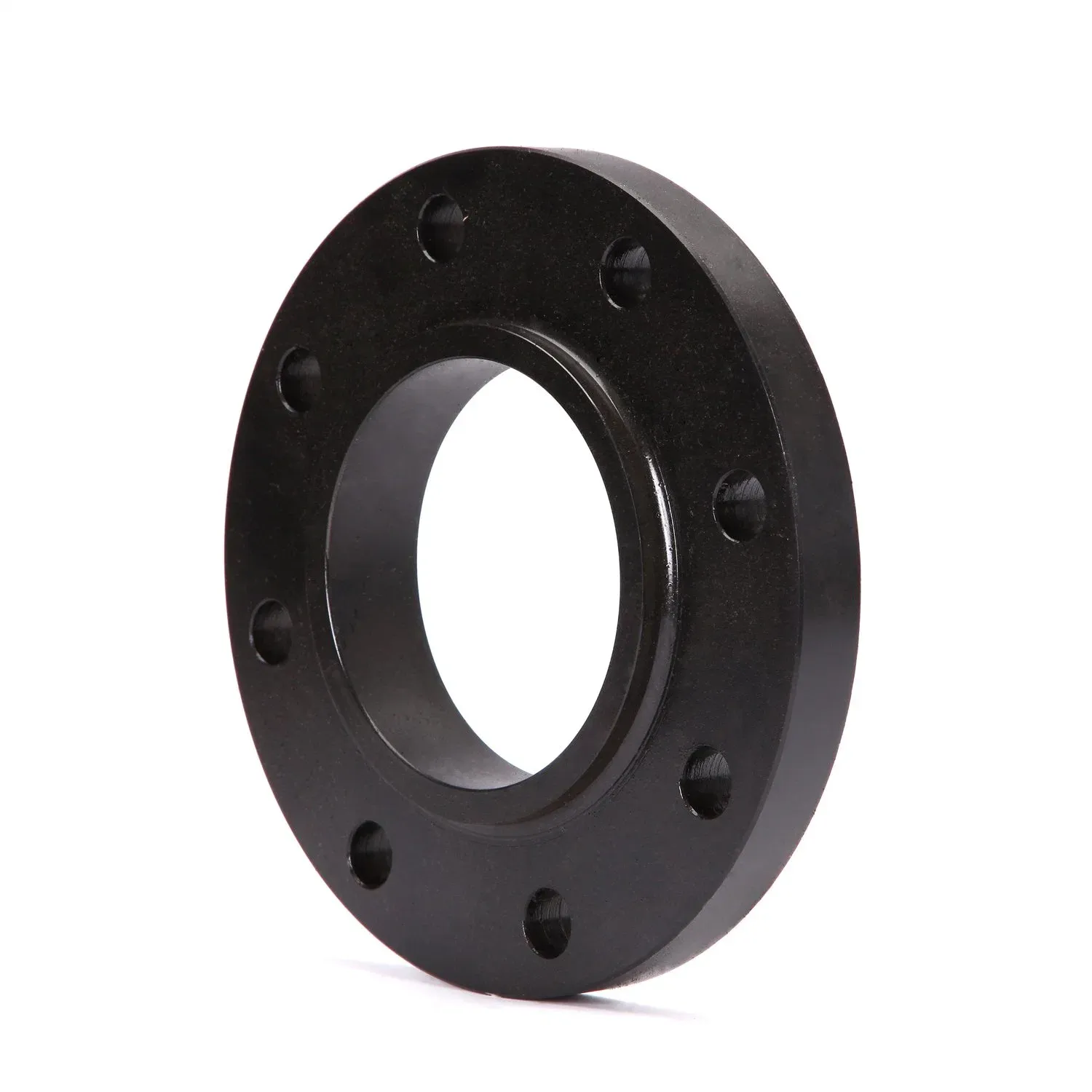-
Cangzhou Yulong Steel Co., Ltd.
-
Phone:
+86 13303177267 -
Email:
admin@ylsteelfittings.com
- English
- Arabic
- Italian
- Spanish
- Portuguese
- German
- kazakh
- Persian
- Greek
- French
- Russian
- Polish
- Thai
- Indonesian
- Vietnamese
- Zulu
- Korean
- Uzbek
- Hindi
- Serbian
- Malay
- Ukrainian
- Gujarati
- Haitian Creole
- hausa
- hawaiian
- Hebrew
- Miao
- Hungarian
- Icelandic
- igbo
- irish
- Japanese
- Javanese
- Kannada
- Khmer
- Rwandese
- Afrikaans
- Albanian
- Amharic
- Armenian
- Azerbaijani
- Basque
- Belarusian
- Bengali
- Bosnian
- Bulgarian
- Catalan
- Cebuano
- China
- China (Taiwan)
- Corsican
- Croatian
- Czech
- Danish
- Esperanto
- Estonian
- Finnish
- Frisian
- Galician
- Georgian
- Kurdish
- Kyrgyz
- Lao
- Latin
- Latvian
- Lithuanian
- Luxembourgish
- Macedonian
- Malgashi
- Malayalam
- Maltese
- Maori
- Marathi
- Mongolian
- Myanmar
- Nepali
- Norwegian
- Norwegian
- Occitan
- Pashto
- Dutch
- Punjabi
- Romanian
- Samoan
- Scottish Gaelic
- Sesotho
- Shona
- Sindhi
- Sinhala
- Slovak
- Slovenian
- Somali
- Sundanese
- Swahili
- Swedish
- Tagalog
- Tajik
- Tamil
- Tatar
- Telugu
- Turkish
- Turkmen
- Urdu
- Uighur
- Welsh
- Bantu
- Yiddish
- Yoruba

Nov . 22, 2024 00:08 Back to list
class 150 rf flange
Understanding Class 150 RF Flanges A Comprehensive Overview
Flanges are crucial components in piping systems, allowing for the connection of pipes, valves, pumps, and other equipment. Among the various types of flanges available in the market, the Class 150 Raised Face (RF) flange is widely used across several industries, including oil and gas, chemical processing, and water management. This article delves into the characteristics, applications, and benefits of Class 150 RF flanges, providing a comprehensive understanding of their importance in various piping systems.
Basic Characteristics of Class 150 RF Flanges
The Class 150 RF flange is defined by its pressure-temperature rating, which governs how it performs under specific conditions. The Class 150 designation indicates that these flanges are rated for working pressures and temperatures not exceeding certain limits, making them suitable for a variety of moderate-service conditions. Typically, Class 150 flanges can withstand pressures up to 285 psi at a temperature of 100°F, with different limits applying at elevated temperatures.
The Raised Face aspect of these flanges refers to the design feature where the flange face is higher than the bolting ring. This design improves the sealing capabilities, as it allows for a larger gasket contact area, thereby enhancing the bolt load on the gasket. The raised face typically has a height of 1/16 inches and is designed to accommodate gaskets that ensure a leak-tight connection between flanges.
Material Composition
Class 150 RF flanges are available in various materials, including carbon steel, stainless steel, and other alloys. The choice of material often depends on the application, the nature of the fluid being transported, and environmental factors. Carbon steel flanges are widely used due to their strength and cost-effectiveness. Stainless steel flanges, on the other hand, offer excellent corrosion resistance, making them suitable for harsh conditions, such as those encountered in chemical processing applications.
Applications of Class 150 RF Flanges
Class 150 RF flanges are versatile components used in numerous applications. They are commonly employed in
1. Water and Wastewater Treatment These flanges are frequently used in pumping stations, treatment plants, and distribution systems to create secure connections between pipes and other equipment. 2. Oil and Gas Industry In this sector, Class 150 RF flanges are used in both upstream and downstream operations, including drilling and refining processes. Their robust design helps ensure safety and reliability in transporting hydrocarbons.
class 150 rf flange

3. Chemical Processing Many chemicals are hazardous, requiring reliable sealing to prevent leaks. Class 150 RF flanges, paired with suitable gaskets, provide the necessary leak-proof performance.
4. Heating, Ventilation, and Air Conditioning (HVAC) In HVAC systems, these flanges facilitate connections between different sections of metal ductwork, contributing to efficient airflow.
Benefits of Using Class 150 RF Flanges
The use of Class 150 RF flanges comes with several advantages
- Ease of Installation These flanges are designed for easy installation, which saves time and reduces labor costs. - Versatility Their ability to handle moderate pressure and temperature ranges makes them suitable for a wide variety of applications.
- Cost-Effectiveness Compared to higher-rated flanges, Class 150 RF flanges offer a lower initial cost, making them a popular choice for projects on a budget.
- Reliability When installed correctly, Class 150 RF flanges provide a robust sealing solution that minimizes the risk of leaks, enhancing safety and operational efficiency.
Conclusion
In summary, Class 150 Raised Face flanges are an integral part of modern piping systems across various industries. Their design, material composition, and adaptability make them suitable for a wide range of applications, offering both reliability and cost-effectiveness. As industries continue to evolve, the role of Class 150 RF flanges will remain vital in ensuring secure and efficient fluid transport. Understanding these flanges is essential for anyone involved in piping system design, installation, and maintenance.
Latest news
-
ANSI 150P SS304 SO FLANGE
NewsFeb.14,2025
-
ASTM A333GR6 STEEL PIPE
NewsJan.20,2025
-
ANSI B16.5 WELDING NECK FLANGE
NewsJan.15,2026
-
ANSI B16.5 SLIP-ON FLANGE
NewsApr.19,2024
-
SABS 1123 FLANGE
NewsJan.15,2025
-
DIN86044 PLATE FLANGE
NewsApr.19,2024
-
DIN2527 BLIND FLANGE
NewsApr.12,2024
-
JIS B2311 Butt-Welding Fittings LR/SR 45°/90° /180°Seamless/Weld
NewsApr.23,2024











